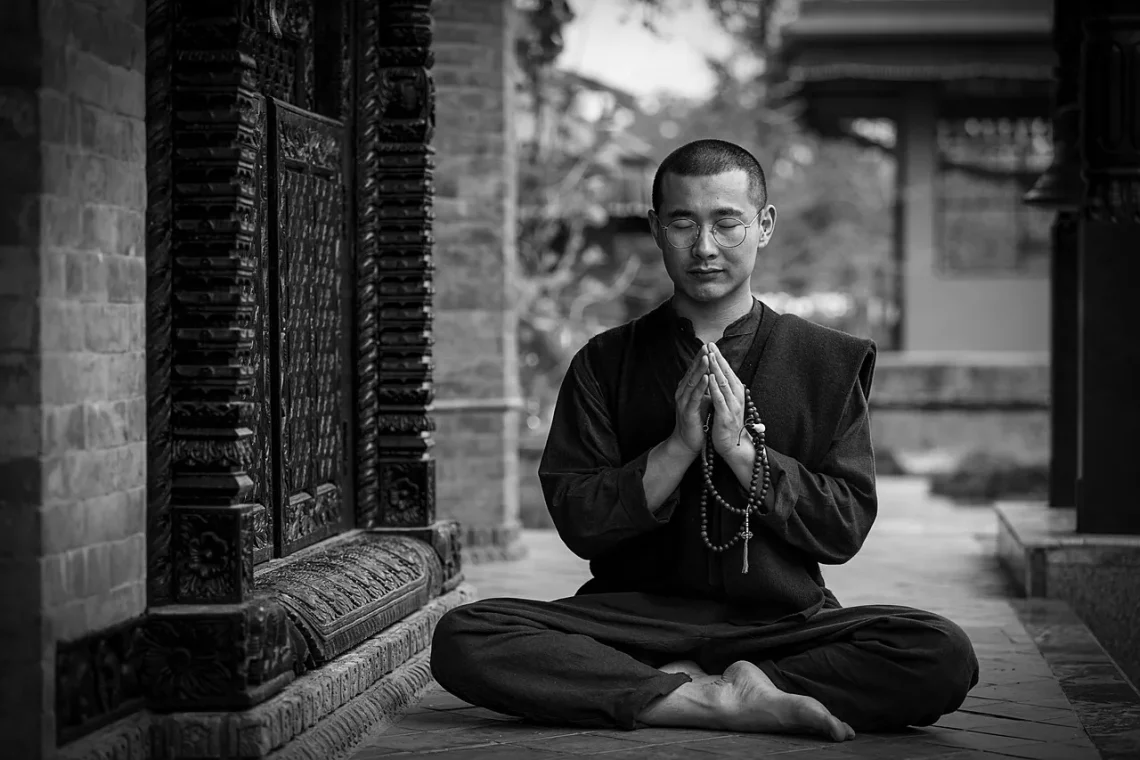
Embracing Freedom: The Rise of Naked Yoga for Men
Embracing the concept of freedom has taken various forms throughout history, influencing cultures, lifestyles, and individual choices. In recent years, a unique movement has emerged, inviting individuals—especially men—to explore their bodies and minds through the practice of naked yoga. This practice, rooted in ancient traditions, has gained traction among modern practitioners who are looking to break free from societal norms and embrace a sense of liberation.
Naked yoga, while often perceived as unconventional, offers a refreshing approach to self-acceptance, body positivity, and personal growth. It provides a space where individuals can connect with their own bodies without the constraints of clothing, which can often serve as a barrier to self-expression. As more men begin to participate in this practice, the emphasis on authenticity and vulnerability becomes increasingly significant.
The rise of naked yoga for men is not merely about shedding clothes; it’s about shedding insecurities, fears, and societal expectations. This practice encourages participants to engage in a deeper dialogue with themselves and their bodies, fostering a stronger sense of self and community. As the conversation around masculinity evolves, the exploration of naked yoga reflects a broader cultural shift towards embracing vulnerability, openness, and holistic well-being.
Understanding Naked Yoga: A Historical Perspective
To appreciate the rise of naked yoga for men, it’s essential to understand its historical roots. Yoga, as a practice, dates back thousands of years, originating in ancient India as a means of achieving spiritual enlightenment and physical well-being. Traditionally, yoga was practiced in natural settings, often in the nude, as a way to connect more deeply with the environment and oneself.
In many ancient cultures, nudity was not stigmatized; rather, it was seen as a natural state of being that allowed individuals to experience life more fully. The practice of yoga was intertwined with the philosophy of embracing one’s true self, unencumbered by material possessions or societal judgments. As the Western world adopted yoga, the emphasis shifted towards physical fitness and aesthetics, often overlooking its spiritual and liberating aspects.
In recent years, there has been a resurgence of interest in yoga’s original principles, leading to a growing acceptance of naked yoga. This revival is not confined to any particular demographic; men are increasingly engaging with this practice as a way to challenge their perceptions of masculinity and body image. By participating in naked yoga, men can confront societal pressures regarding their bodies, promoting a healthier, more positive self-image.
The cultural shift towards body acceptance has played a significant role in the rise of this practice. As conversations around body positivity and mental health become more mainstream, naked yoga emerges as a powerful tool for self-exploration. It provides a safe space for men to confront their vulnerabilities and embrace their physicality in a supportive environment.
The Benefits of Practicing Naked Yoga
Engaging in naked yoga offers a plethora of benefits that extend beyond the physical realm. This practice encourages a deeper connection to one’s body, fostering a sense of awareness and acceptance that is often lacking in our daily lives. One of the most significant advantages is the promotion of body positivity. In a society that frequently emphasizes unrealistic body standards, practicing yoga in the nude allows individuals to appreciate their bodies as they are, fostering a more compassionate relationship with oneself.
Moreover, naked yoga can enhance self-confidence. As participants become more comfortable in their own skin, they often find that this newfound confidence transcends the yoga mat and influences other areas of their lives. The act of shedding clothing can symbolize shedding insecurities, allowing individuals to embrace their authentic selves without fear of judgment.
The practice also offers psychological benefits. Engaging in yoga has been shown to reduce stress, anxiety, and depression, and doing so without clothing can amplify these effects. The liberation of movement and the absence of fabric can create an exhilarating sense of freedom, allowing practitioners to focus solely on their breath and body rather than external distractions.
Furthermore, naked yoga fosters community and connection. Many classes emphasize a non-judgmental atmosphere where individuals can share their experiences and support one another. This sense of camaraderie can be particularly empowering for men, who may feel societal pressure to conform to traditional masculine ideals. In this space, vulnerability is celebrated, and participants can forge meaningful connections based on shared experiences.
Additionally, the physical benefits of yoga are well-documented. Practicing naked allows for greater range of motion and awareness of one’s body, which can enhance the effectiveness of poses. The absence of clothing can also improve circulation and skin breathing, contributing to overall well-being.
Overcoming Stigmas and Societal Norms
Despite the numerous benefits, naked yoga is not without its challenges. Many men may feel hesitant to participate due to societal stigmas surrounding nudity and masculinity. The fear of judgment or ridicule can be a significant barrier, preventing individuals from exploring this liberating practice. Overcoming these stigmas requires a cultural shift towards acceptance and understanding of the benefits of naked yoga.
Education plays a crucial role in dispelling myths surrounding nudity and yoga. By promoting the understanding that naked yoga is not inherently sexual but rather a form of self-exploration and mindfulness, more men may feel encouraged to participate. Workshops, classes, and community events can help normalize the practice, creating safe spaces for individuals to explore their bodies without fear of judgment.
It’s also essential to emphasize the importance of consent and respect within the context of naked yoga. Participants must feel comfortable and secure, knowing that the environment is supportive and non-judgmental. Establishing clear boundaries and fostering open communication can help create a positive experience for everyone involved.
Moreover, as discussions around masculinity evolve, the acceptance of practices like naked yoga can contribute to a broader understanding of what it means to be a man in today’s world. Embracing vulnerability, self-acceptance, and emotional openness can empower men to break free from traditional stereotypes and engage more fully in their lives.
In this context, naked yoga serves as a powerful tool for personal growth and transformation. It invites men to challenge their perceptions of themselves and others, fostering a culture of acceptance and understanding. As more individuals embrace this practice, the potential for positive change within society continues to grow.
Creating a Safe and Supportive Environment for Naked Yoga
To fully reap the benefits of naked yoga, it’s crucial to establish a safe and supportive environment. This begins with finding a qualified instructor who understands the nuances of this practice and can create an inclusive atmosphere. A skilled instructor will emphasize the importance of consent, respect, and personal boundaries, ensuring that all participants feel secure in their choices.
Class settings should also prioritize privacy and comfort. Establishing a space that is free from judgment and distraction is essential for fostering an environment where individuals can truly connect with themselves. Whether practicing in a studio or outdoors, creating a sanctuary for self-exploration is key.
Additionally, encouraging open dialogue among participants can help build trust and camaraderie. Sharing experiences, challenges, and triumphs can foster a sense of community that enhances the overall practice. This supportive network can be invaluable for individuals navigating their journeys towards self-acceptance and body positivity.
It’s also important to consider the emotional aspects of practicing naked yoga. Participants should be encouraged to explore their feelings and thoughts without judgment. Providing resources for mental health support or mindfulness practices can further enhance the overall experience, ensuring that individuals feel supported both physically and emotionally.
Ultimately, creating a safe and supportive environment for naked yoga is about fostering a culture of acceptance and understanding. By prioritizing consent, respect, and open communication, individuals can fully embrace the transformative power of this practice, paving the way for a more inclusive and accepting future.
In conclusion, while naked yoga may seem unconventional, it represents a powerful movement towards self-acceptance, vulnerability, and community. As more men embrace this practice, they contribute to a cultural shift that celebrates authenticity and challenges traditional notions of masculinity.
**Disclaimer:** This article is not intended as medical advice. If you have any health concerns, please consult a qualified healthcare professional.




